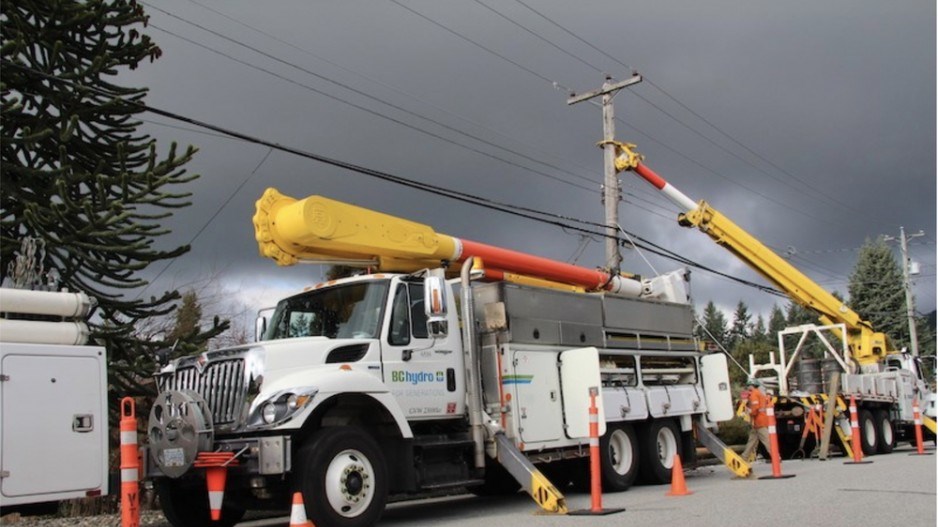The energy within B.C.'s construction sector at the moment could be described as electric, with major project activity recovering to pre-pandemic levels and record demand for housing.
But the power flowing to those new developments needs to be amped up, say city managers.
“There are key areas for development in our city that are challenged for appropriate hydro,” Sean McGill, city manager with Delta, told a recent meeting of commercial real estate association NAIOP Vancouver.
Delta regularly receives calls from developers saying they’re powerless, an issue also facing civic projects in municipalities across the region.
“We’re building arenas that we’re now told that in three years’ time we can’t open because there’s not enough power,” Vincent Lalonde, city manager with Surrey, told NAIOP.
The province’s second largest city, Surrey is in the midst of an ambitious capital program but projects like the CloverdaleSport and Ice Complex – set to open in fall 2024 – have been jeopardized because BC Hydro’s distribution grid can’t keep up.
This is despite the fact that the three-rink arena, like many new public and private projects, have been designed to the highest standards of energy efficiency. But without power, there’s no glory in their carbon-friendly story.
“It’s a huge impediment,” Lalonde said. “We have an acute demand for power.”
He’s seeking a meeting between Surrey Mayor Brenda Locke and BC Hydro to address the issue, which to date has been addressed by staff on both sides.
“City staff [have] worked with BC Hydro staff to coordinate project schedules to ensure that electrical service will be available for these projects once they are completed,” he said.
But a long-term solution remains a ways off, underscored by the fact that BC Hydro has been slow to keep pace with the growth of Campbell Heights, which was slated for industrial development in the 1980s.
BC Hydro recently told Glacier Media that power demand is now three years ahead of its existing capacity. It is currently advancing investments and integrating new technologies into the distribution network to make existing resources go farther and serve more customers. Upgrades to substations In Vancouver, for example, could serve an additional 86,000 customers.
Connecting the average customer typically takes about seven days, but BC Hydro says it receives about 4,800 applications a year for high-complexity projects that require the involvement of designers. It recently hired 50 additional distribution designers and has also transferred staff from other divisions to help address what it describes as a “backlog.”
But not all the blame falls at the feet of BC Hydro, said Vancouver city manager Paul Mochrie. BC Hydro may be scrambling to keep up with demand for power infrastructure, but the city’s permitting systems are also under tremendous pressure.
“We’re also a rate-limiter for them. We permit them, they permit us. Neither of those systems are working very well,” he said. “The challenge that we have in Vancouver is just an extraordinary complicated regulatory environment that developed piecemeal over decades and now is kind of at the point of imploding on itself.”
BC Hydro said it is reviewing its own processes, just like the municipalities.
The ongoing work includes improving the application process to ensure designers have the information they need in a format that allows them to initiate work faster. Specialized teams are being created to focus on specific types of connections, such as electric vehicle fast-chargers.
“We’re also actively working on a number of changes to our procedures and policies to help expedite the process for new customer connections,” it said in a statement. “We know businesses need new electrical connections faster and we are making these changes to help support the higher volume of requests we are receiving.”




